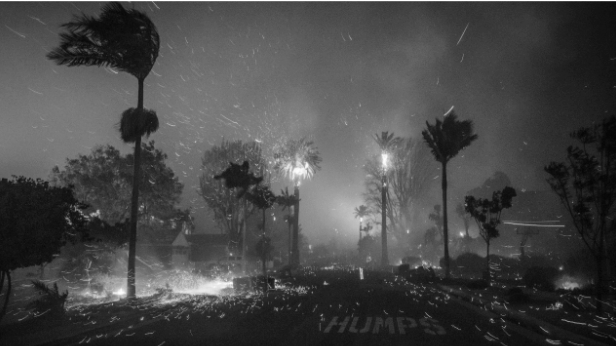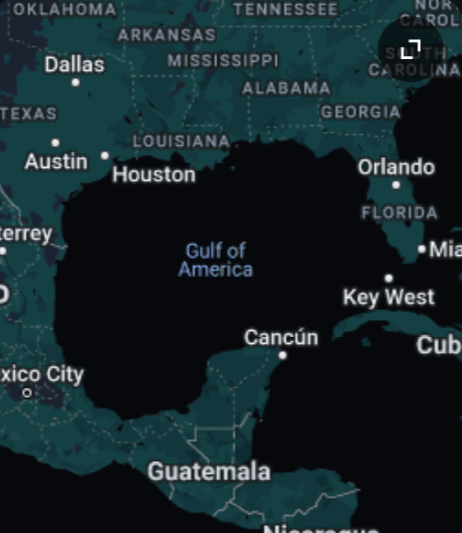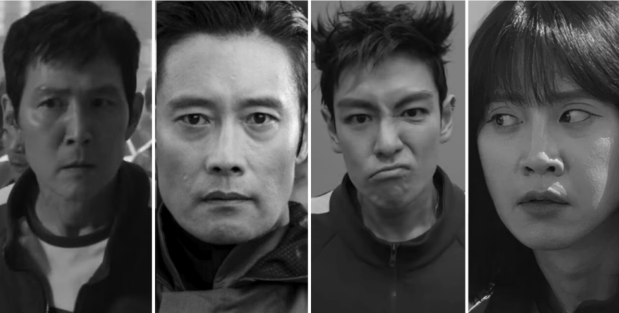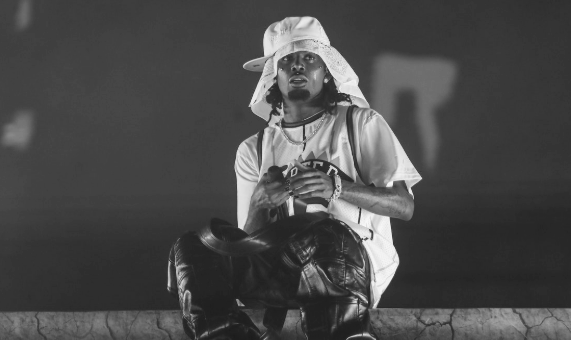Native American women affected by violence, ignored by authorities; Justice necessary for overlooked victims
April 1, 2020
EDITORIAL
Henny Scott’s corpse was found on Dec. 28, 2018; she was 14 years old and found dead of exposure only 200 yards from where she was last seen weeks before. The authorities did not seek federal charges in her death, and as her mother, Paula Castro-Stops expresses, “they didn’t make it a priority. They blamed her.” Scott’s horrific encounter is sadly not alone.
According to publicintegrity.com, “Native American women are being murdered and sexually assaulted on reservations and nearby towns at higher rates than other American women.” The Minnesota Department of Health states that while Native American women only make up less than 1 percent of Minnesota’s population, homicide rates for this group are seven times higher than for Caucasion women between 1990 and 2016.
As of 2016, there were 5,712 missing Native American women reported, and according to Sen. Heidi Heitkamp the numbers are likely much higher. Also, according to indianlog.org, “native children exposed to violence suffer rates of PTSD three times higher than the rest of the general population.”
These statistics prove that this is a crisis that can no longer be ignored.
Every Native American exposed to this violence deserves the same chance of finding justice that the rest of the country holds.
In an effort to combat this crisis, the Minnesota Indian Women’s Sexual Assault Coalition works to spread awareness about these issues and overall “eliminate sexual violence against Indian women and children.” Nicole Matthews, Executive Director of this organization, comments that the government often fails victims by not responding properly when there are reports of attacks and missing persons.
How can we stop the violence if the system bound to keep these women safe is flawed?
According to amnestyusa.org, “the federal government has created a complex interrelation between federal, state and tribal jurisdictions that undermines tribal authority and often allows perpetrators to evade justice.”
It should also be known that tribal law enforcement is under-funded. This means less training for law enforcement and less access to forensic investigations leading to criminals getting away with hurting Native Americans.
The solution? Fund them! With more access to resources, attackers will find that they cannot get away with their actions therefore reducing violence against Native American women.
Additionally, the Violence against Women Act expired in 2011, so “The Indian Law Resource Center, the National Congress for American Indians Task Force on Violence Against Women, Clan Star, Inc., and the National Indigenous Women’s Resource Center” are working hard in order to reinstate it and provide these women the basic human right of safety from violence.
















